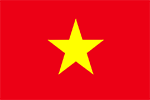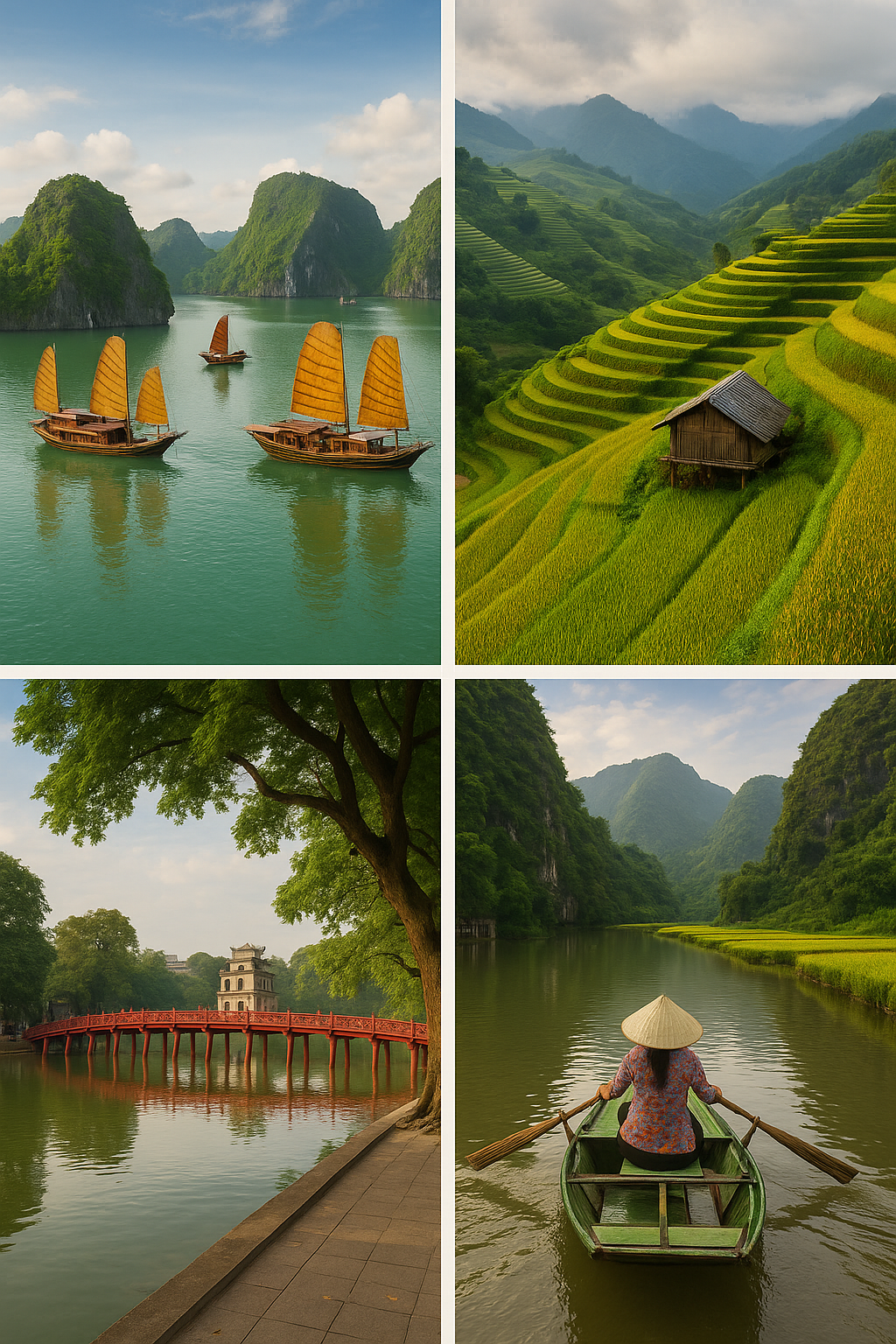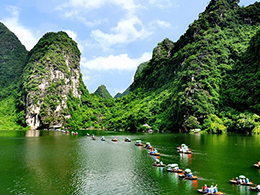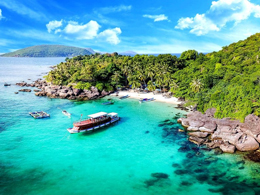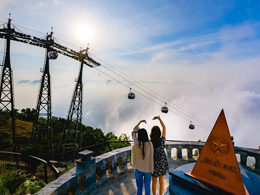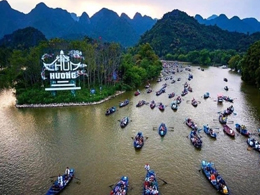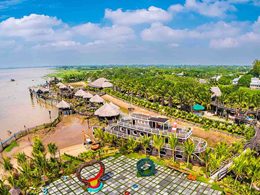
Bac Can
Bac Can – A Hidden Mountainous Gem in Northern Vietnam
? Overview
-
Location: Northeast Vietnam, about 170 km north of Hanoi.
-
Capital: Bắc Kạn City.
-
Known for: Pristine natural landscapes, mountains, lakes, ethnic cultures, and eco-tourism.
-
Home to Ba Bể National Park, one of the most beautiful freshwater lake systems in Vietnam.
Why Visit Bắc Kạn?
-
Off-the-beaten-path destination for nature lovers and adventurers.
-
Home to ethnic minorities including the Tày, Dao, H’Mông, and Nùng.
-
Beautiful scenery of limestone mountains, dense forests, rivers, waterfalls, and traditional stilt houses.
-
Ideal for trekking, cave exploration, and cultural homestays.
Top Attractions
1. Ba Bể Lake (Hồ Ba Bể)
-
The largest natural freshwater lake in Vietnam, located within Ba Bể National Park.
-
Surrounded by limestone cliffs, caves, and lush forest.
-
Activities: Boat tours, kayaking, swimming, hiking, and wildlife spotting.
-
Visit Puong Cave, Dau Dang Waterfall, and An Ma Temple along the lake.
2. Ba Bể National Park
-
Rich in biodiversity, with many rare species of flora and fauna.
-
Numerous eco-trails and caves to explore.
-
Offers trekking tours, homestays in Tày villages, and community-based tourism.
3. Hua Ma Cave
-
A large, well-lit cave near Ba Bể with beautiful stalactites and legends from local folklore.
4. Pac Ngoi Village
-
A traditional Tày village near Ba Bể Lake.
-
Known for stilt houses and warm hospitality.
-
Great place for homestays and cultural immersion.
5. Na Khoang Waterfall & Nang River
-
Peaceful natural spots ideal for picnics, walks, and local exploration.
Best Time to Visit
-
September to April: Cool and dry – best time for hiking and boating.
-
May to August: Greener landscape, but occasional rain.
-
Avoid peak rainy season (July–August) for smoother travel and activities.
How to Get There
-
From Hanoi to Ba Bể Lake:
-
By car/van: ~5–6 hours.
-
By bus: Hanoi to Bắc Kạn City or Ba Bể town (overnight options available).
-
Self-drive or private tour is the most flexible.
-
Where to Stay
-
Homestays in Pac Ngoi or Coc Toc Villages – authentic, cozy, and close to Ba Bể Lake.
-
Eco-lodges and guesthouses around Ba Bể National Park.
-
Hotels in Bắc Kạn City – if you want more urban amenities.
Local Food to Try
-
Sticky rice in bamboo tubes (cơm lam)
-
Smoked pork (lợn gác bếp)
-
Grilled fish from Ba Bể Lake
-
Corn wine (rượu ngô) made by local ethnic minorities.
Travel Tips
-
Wear comfortable shoes for hiking.
-
Bring insect repellent, especially in the forest.
-
Respect ethnic cultures and ask before taking photos of locals.
-
Cash is recommended – ATMs are rare in remote areas.


